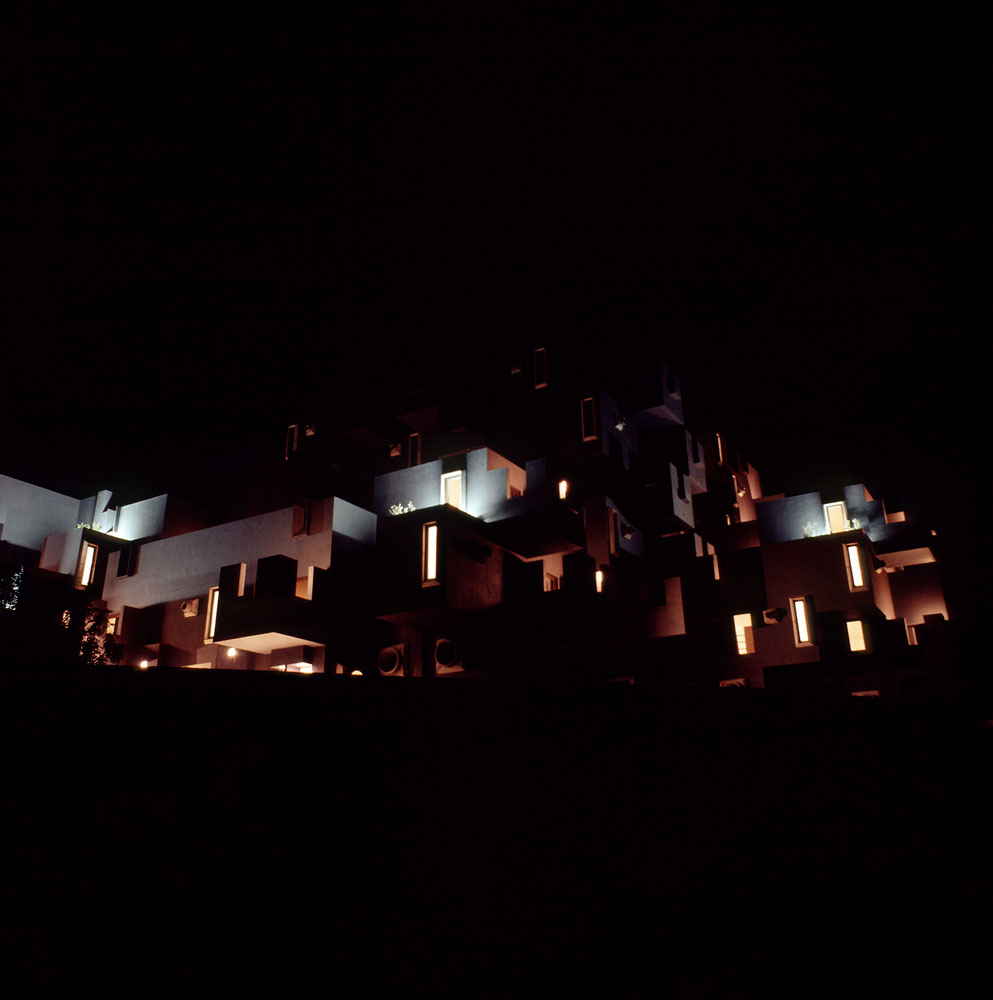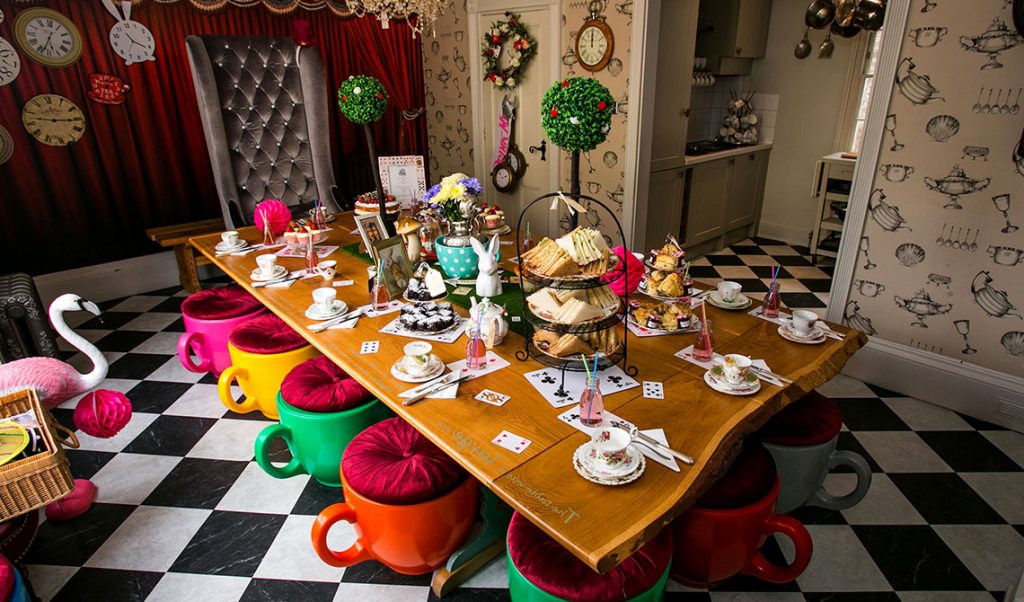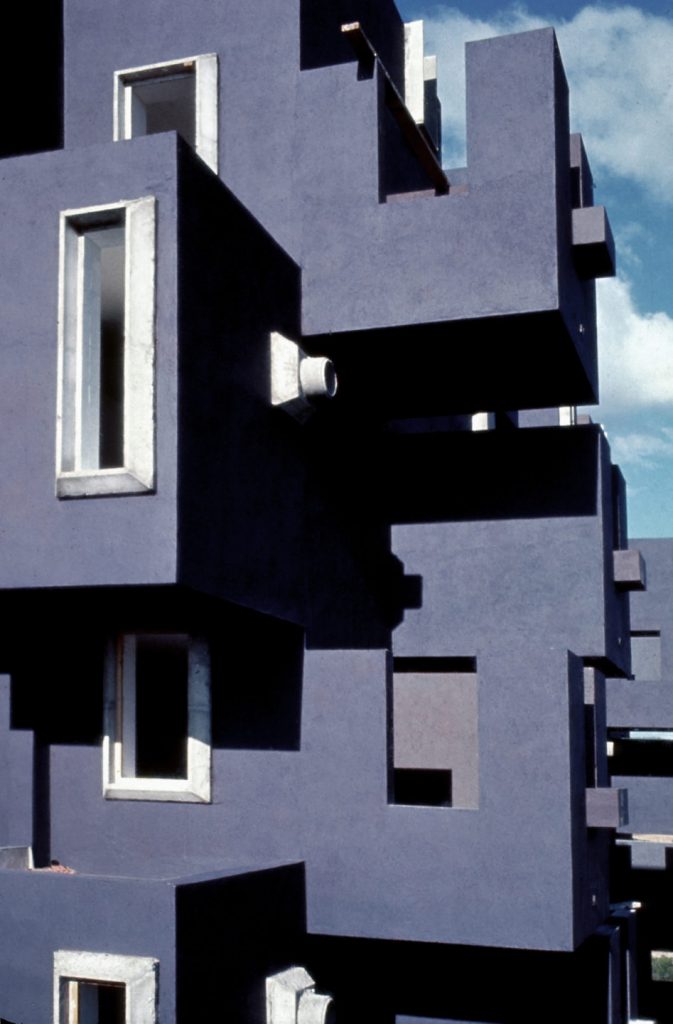There is nothing like a story to let our imaginations to run wild. Through words, our bodies make connections in the mind that transport us to imaginary places. Travelling through literature, we get to experience the most sublime inventions.
Words underlie the obvious, constantly emerging from links in our collective imagination. Throughout history, the written word has told us about events, been the source of the physical and the centre of what is tangible. In this sense, architecture also begins with words, where creatively described and suggested space nestles in the mind.
 Kafka’s Castle hebestindesign.net
Kafka’s Castle hebestindesign.net
In terms of architecture, artistic manifestos sparked morphologies, trends and ideas, which would later become tangible and lived in. Some clear examples of this would be The Manifesto of Futurism by Marinetti or the Bauhaus Manifesto by architect Walter Gropius (1919).
Nonetheless, beyond the technical aspects of descriptive texts lies narrative, which offers countless tales in novels and stories that are set and elapse in physical spaces that we access through our imagination.
As architecture is the protagonist in many tales, here at The Decorative Surfaces, we highlight the relationship between narrative and space; prose and city; and fiction and reality.
From the physical to the imaginary
Descriptive novels and stories enable book lovers to live in the words on the page. One wonderful example would be The House of Asterion by Jorge Luis Borges. The story transports us to Greek mythology with a labyrinthine description of the home, it highlights the infinite nature and grants a gifted yet understandable symbology to this architectural structure.

Wonderland House in southeast Brighton
Wonderland House (https://www.wonderlandhouse.co.uk/)
In the same vein, One Hundred Years of Solitude could not exist if it were not for Macondo. This fictional town becomes a main character of what happens in the novel to the Buendía family. With no Macondo, there would be no Buendía nor a masterpiece of Latin American and universal literature. Its waters, greenery and slopes invite readers to imagine a construed space, a necessary fictional location to tell the rest of the story. Indeed, it is essential in order to narrate the events that take place.
‘At that time, Macondo was a village of twenty adobe houses, built on the bank of a river of clear water that ran along a bed of polished stones, which were white and enormous, like prehistoric eggs.’ – One Hundred Years of Solitude.
Julio Cortázar also used physical space as a protagonist in House Taken Over, his first short story from 1946. This tale would be lacking if not for the place where the story is set. A story in which an architectural journey becomes a symbol and message of social history, where the materials described invite readers to reflect. Cortázar invokes the robust, the invaded, the habitable and the uninhabited, and a lack of understanding through spatial comprehension: a house, a home, a brother and a sister, and a door. It is a symbolic occupation of Argentina, sublimely narrated through architecture.
From the imaginary to the physical
At times, the transcendence of the imaginary morphs into the physical. This is where architecture projects emerge and become magical, connecting on an emotional plane with those inside.
- Kafka’s Castle, Ricardo Bofill, Barcelona (1962)
Sant Pere de Ribes on the outskirts of Barcelona is home to the residential building by Catalan architect Ricardo Bofill, whose magical brutalist architecture we spotlighted previously with Red Wall (link).

Kafka’s Castle, Ricardo Bofill
This very same clear character and brutalist style reaches a zenith in Kafka’s Castle. It is a clear homage to one of the great works of universal literature, The Castle. Franz Kafka began the novel in 1922; Bofill embodied it in 1968.
The residential nature of this building is twinned with restaurants, a swimming pool and sauna, and like several of the architect’s projects, it materialises the story of Kafka’s emblematic protagonist, K, who in the novel inhabits spaces filled with unusually structured morphologies. Along these lines, the structure is supported by two iron columns at the centre, from where other light, adjacent wooden spaces extend out. The sensation of sturdiness and an indestructible façade combine with the emotion of small glass openings that represent the architectural conceptualisation of what the Czech author wrote in his novel.
-
Hotel 971, Minorca, Fernando Pons Vidal (2010)
Italo Calvino describes 55 imaginary cities in his novel, Invisible Cities. This purely descriptive work sees the fantastical overawe the reader’s imagination. Through the narration of cities we see them for what they truly are: concepts of desire, death or symbols. These invisible significances describe cities of today: cities that are there but which we cannot see. This is surely why Calvino made them ‘invisible’.
‘Nobody knows better than you, wise Kublai, to never confuse the city with the words that describe it. Yet there is a connection between one and the other.’
This novel has inspired one of the most magical hotels on the island of Minorca. Hotel 971 takes the Invisible Cities that Calvino described as an initial design point for its rooms. The architect Fernando Pons Vidal, alongside interior designer Chiara Fabiani, renovated the complex with a remodelling of six specific rooms: Berenice, Ottilia, Leonia, Zobeide, Betzebé and Tecla.

Hotel 971, Menorca, Fernando Pons Vidal (2010)
It is the perfect hotel to consciously dwell in through travel: a space designed as a declaration of magical intent. Each of the six rooms has a story, describes a city and spotlights a concept. It is a true dream and fantastical nook in the heart of the Mediterranean.

